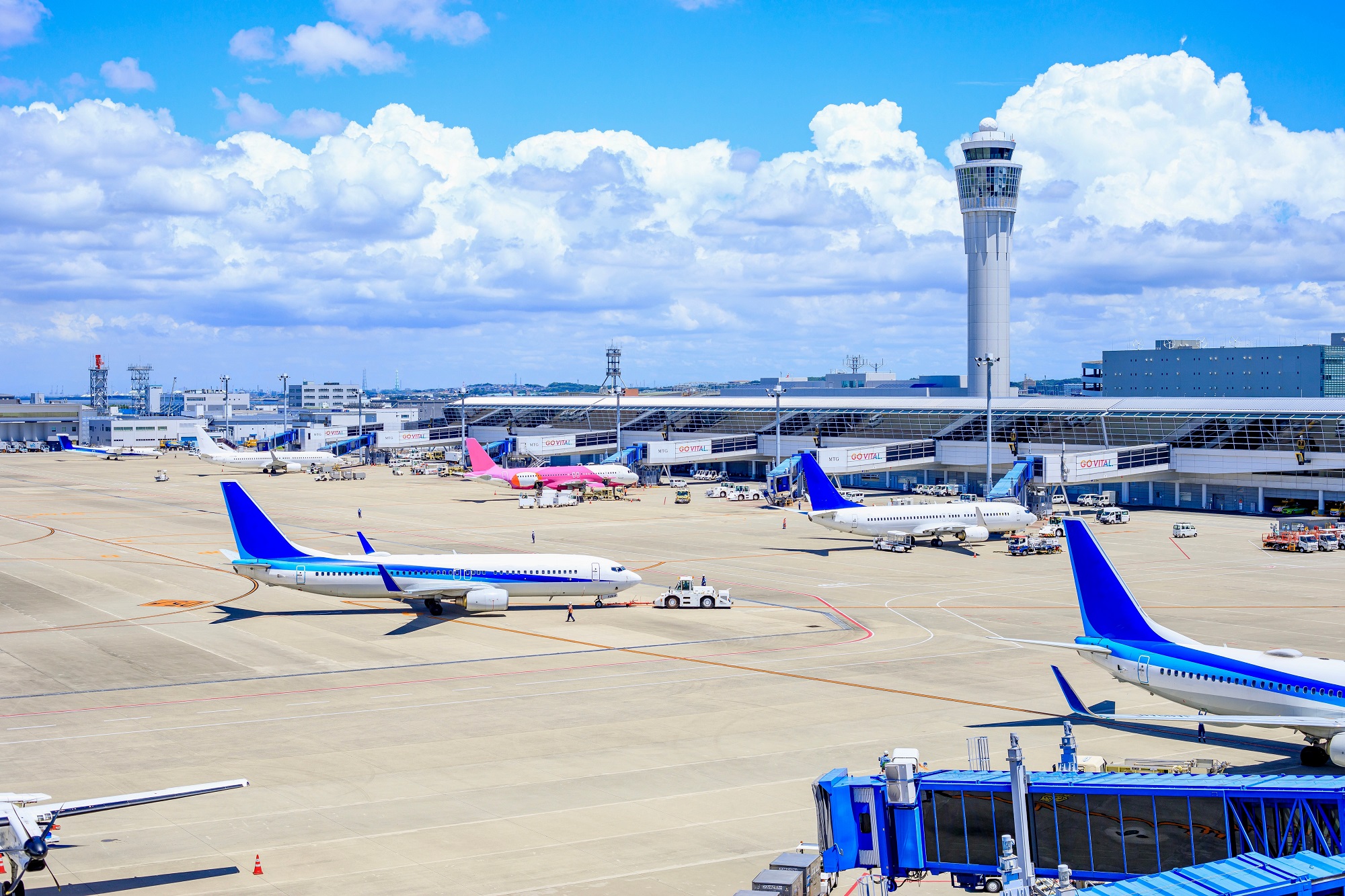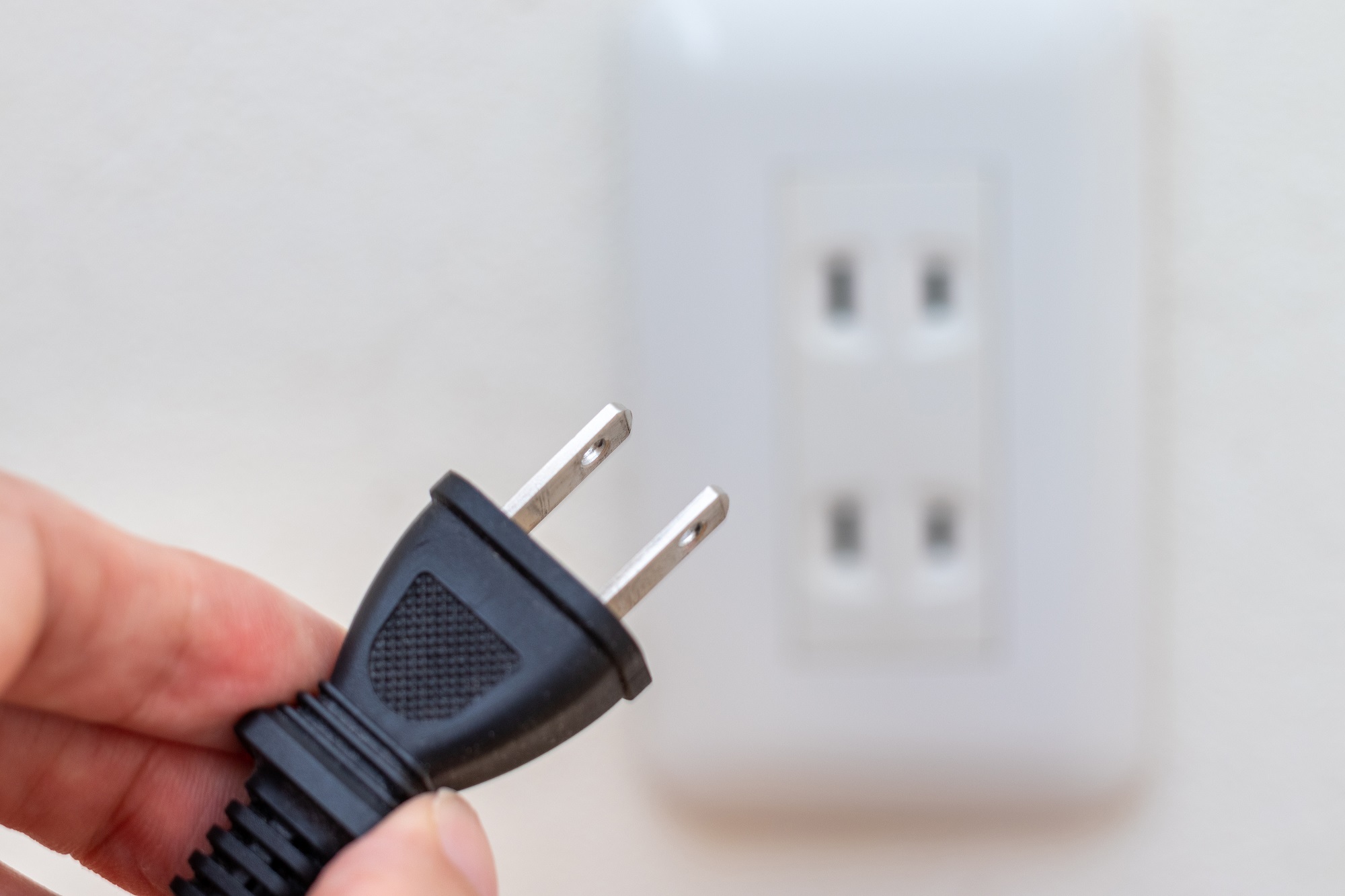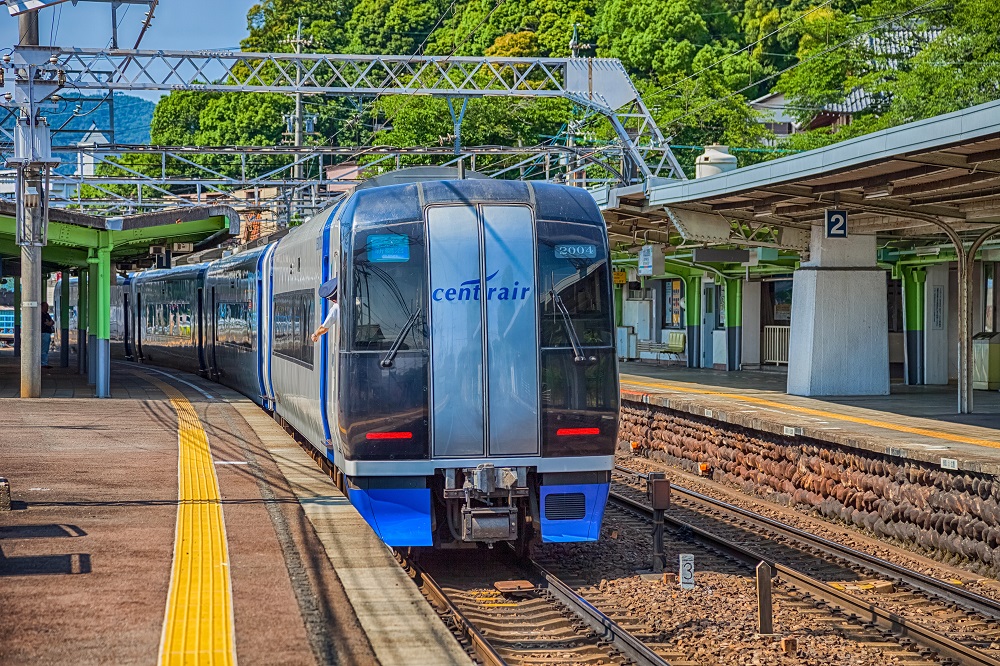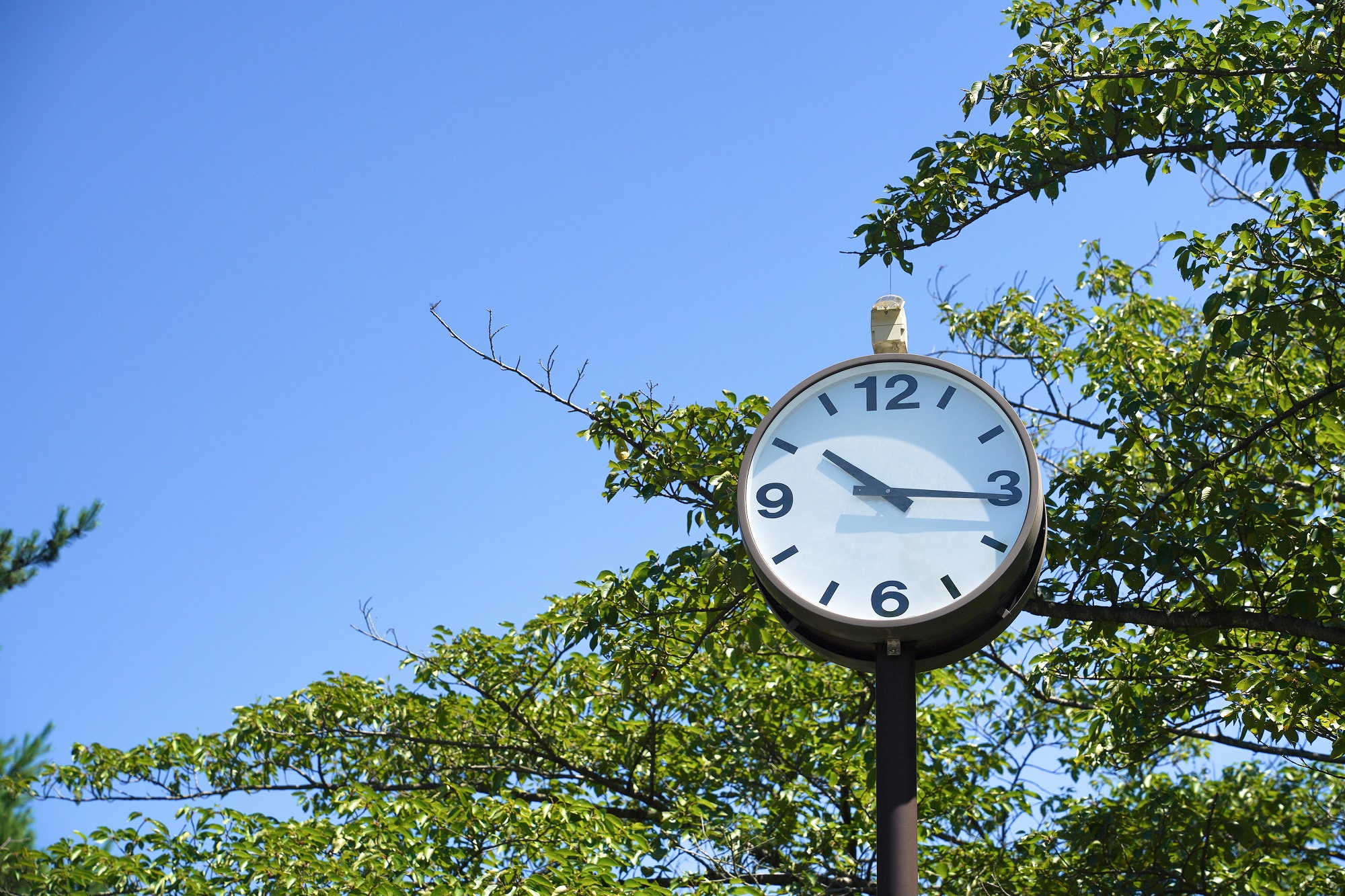Basic Information

Basic Information
The followings are general information on preparing for a travel to Japan.
*The conditions may vary under circumstances. Please check for the latest information.
Visiting Japan
Traveling to Japan with another nationality requires a valid passport for the days to stay in Japan, and onward ticket to next destination or return ticket. Depending on the days of the stay and nationality, a Visa may be required. Because travel regulations and restrictions are complex and are subject to change with short notice, confirm the announcements by the Government of Japan.
Currency
The currency of Japan is the Japanese Yen. Other currencies are not used in Japan, but some international airports may accept other currencies. Although the cashless payment methods have started to be common in Japan, cash is still commonly accepted.
Wi-Fi & Network Environment
Free public Wi-Fi hot spots, SIM cards, rental mobile Wi-Fi routers are serviced for tourists in Japan. Free public Wi-Fi hot spots are often at airports, hotels, train stations, and large shopping malls. Since free public Wi-Fi hot spots are not covered in all areas and may be unstable, a combination with another network service is recommended.
Telephone Calls
International telephone calls from Japan could be made directly from a public phone marked for international calls. Although the number of public phones has been decreasing recently, they are still found at airports, hotels, and other key facilities.
Electricity
The voltage in Japan is 100 Volt, which is different from most of the other regions in the world. Japanese electrical plugs and outlets are [TYPE A]. The frequency of electric current is 50 Hertz in eastern Japan and 60 Hertz in western Japan.
Transportation
Central Japan International Airport [Centrair] is at an artificial island off the coast of Tokoname City in Ise Bay, as the gateway to the Chubu area by air. International and domestic flights are in the same terminal, so smooth transfers are made from the arrival floor [second floor at Terminal 1 / first floor at Terminal 2] to the departure floor [third floor at Terminal 1 / second floor at Terminal 2]. Note that the two terminals are a bit far apart, so be sure to be at the right terminal by checking the airline.
Timezone & Weather
The standard time zone in Japan is Japan Standard Time [JST] and is nine hours ahead of Greenwich Mean Time [GMT]. There are no other time zones in Japan, and daylight-saving time is not in effect. By the seasonal changes in the temperature and the weather, brings charm every season in Japan. Being a north to south long archipelago, the weather in Japan is complex, and the climatic zones differ widely from the north [subarctic] to the south [subtropical]. The climate also differs from the sides of the high mountain ranges located in the center of the archipelago, the Sea of Japan side and the Pacific Ocean side. In addition, the weather conditions vary depending on the time of the year and the region, due to the air masses formed by the seasons.
Emergency and Security
Known for one of the safest countries in the world, incidents and accidents also happens in Japan. Although it is not common to encounter trouble or misfortune while walking in the tourist areas, beware of pickpocketing in downtown areas or crowded public transportation, and snatching at night or on deserted streets.








